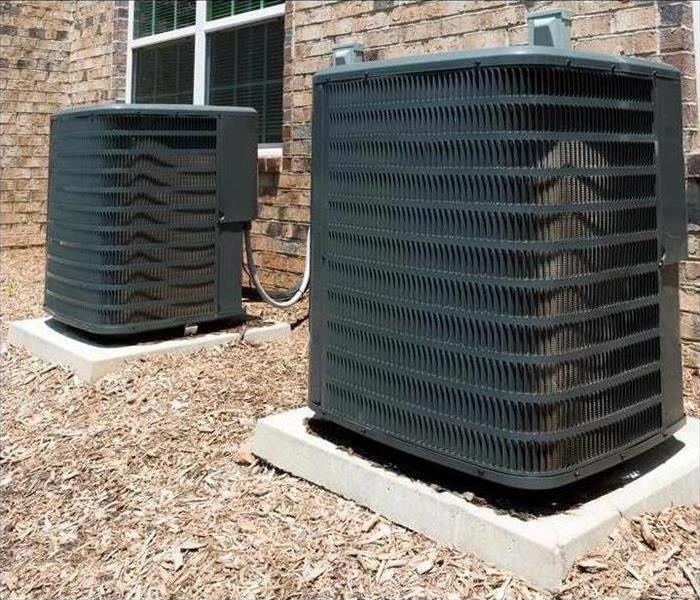How to Keep Mold and Moisture Out of Your HVAC System
10/25/2018 (Permalink)
Tips and Tricks From SERVPRO of SW Orlando to Keeping Mold and Moisture Out Of Your HVAC System
In the warm summer heat, it's easy to build up moisture; especially when it gets sticky, muggy and humid. When this happens, you naturally crank the A.C., reach for something cold, and kick back in your lazy chair. The problem is, when you're relaxing and enjoying the nice cold breeze, mold is spreading through your ducts, vents, and HVAC system, leaving a nasty haze of mold that you can smell all over the house. If you're running a business, your customers could smell it too- which is why you should always call our service professionals to deal with the problem as soon as possible.
How Does Mold Get in The HVAC System?
Mold damage in Orlando is no laughing matter. Mold, fungus, and other bacteria are in their perfect environment when they're trapped in your HVAC system. It's dark, warm, moist, closed in, and humid, meaning that spores can grow practically unabated. You'll notice more and more scent as heat and humidity is generated from outside and pulled through your ducts.
When this moist air gets in your air system, it collects within and above your HVAC units. At this point, the spores of mold and other fungi easily rise through the air, setting up colonies as your condenser forces them up through the duct system. These aren't the only cases of mold that we've seen at SERVPRO; we've seen mold stick to people's clothes or shoes, and it's all brought inside by excess humidity caused by rainfall.
Here Are a Few Tips on How to Remove Mold From Your HVAC System
1. Continue to clean and maintain your HVAC system, even when you aren't using it. Check the ducts for wet spots, and regularly check and maintain your HVAC filter.
2. Double check the drainage systems on your HVAC for mold. Allow for "dry-out" areas where the drainage comes out to prevent excess moisture.
3. Get dehumidifiers for your home. They are ideal for collecting excess humidity, and they help with the temperature inside your house, too.
4. Always insulate your pipes, walls, and ceilings. Use caulking for cracks to control cracks and leaks.
5. Contrary to common beliefs, keep your windows closed when it's hot outside. Humidity, dust, and dampness easily travel inside.






 24/7 Emergency Service
24/7 Emergency Service
